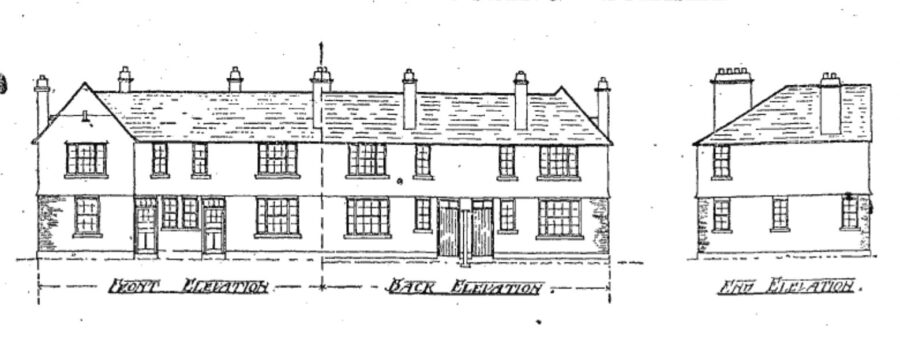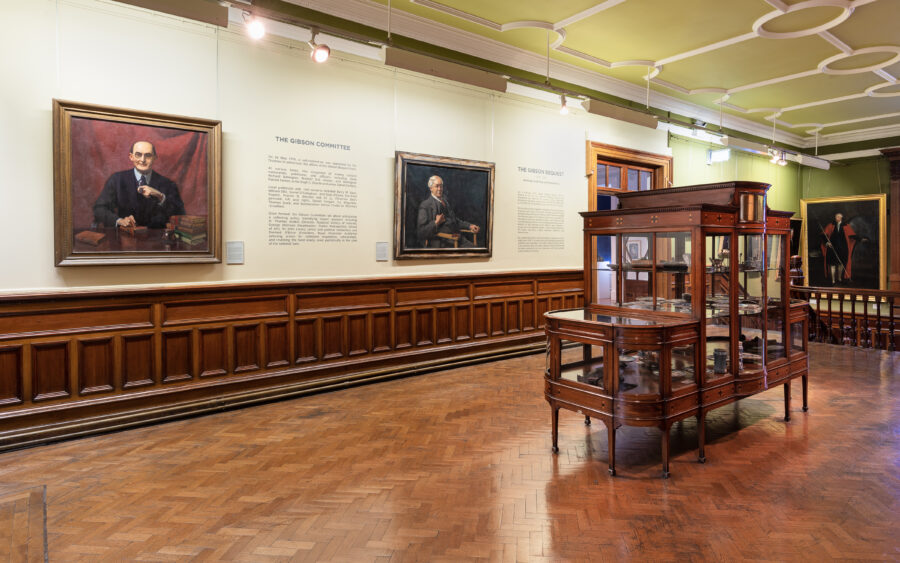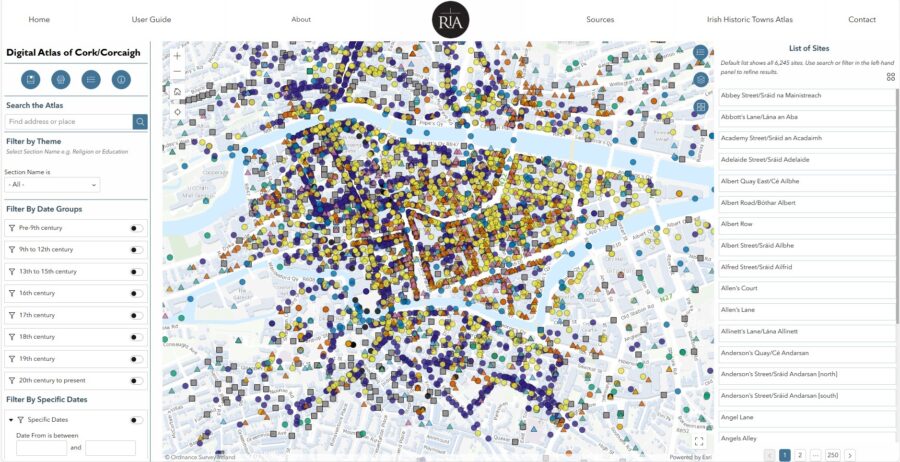
Kieran’s Our City, Our Town Article,
Cork Independent, 8 February 2024
Making an Irish Free State City – The Wycherley Housing Scheme
Lying just off Cork’s College Road lies Wycherley Terrace, such housing was constructed spanning from the spring of 1920 to the spring of 1924. The project completion was a slow one bound up with the War of Independence, Civil War, changeover of governments, building delays, rising costs and several debates on who the houses should be allocated to.
It was on 24 January 1924, Cork Corporation’s first of their 1920s housing projects came to fruition. The Wycherely suite of 76 houses were up for allocation of tenancies. The applications received was recorded numbering 850.
At a full Council meeting in late January 1924, Alderman Edmond Coughlan explained that the Working Class Dwellings Committee estimate contained a figure of £1,400 interest. Ground rent was due not just on the Wycherley site but on site at Fahy’s Well and the Cattle Market site as well. The Council needed to expediate the allocation of housing to bring some income so debts could be paid.
Cllr James Allen noted that the Council should give consideration to the people living in smaller Corporation dwellings who had large families and who had from £5 to £10 a week coming into them. People who could not pay the rent for the Wycherley houses could then be given the smaller Corporation houses. He suggested that a committee be formed to investigate all the claims and select the most deserving cases. Cllr Barry Egan also suggested that the whole Council should work with such a committee and a report submitted to a full meeting of Council. Cllr John Horgan wished for a committee to group and classify the applications, and also cut out the bogus ones. Then if the total number was still too high he suggested having a ballot.
However, the Deputy Lord Mayor, Cllr William Ellis said he did not believe in putting the burden of going through 850 applications on five or six men. He pushed that the members from each ward should select the most deserving. Sir John Scott agreed and said that members for each ward should investigate the cases with a view towards finding the most deserving. Then he suggested that if the number was above the number of houses, the fairest way would be to put all the names into a hat and draw names out.
As the members of the full Council were split on which direction to pursue they voted on it, and the adoption of a committee to choose names came through as the way forward.
The pressure for allocations continued. A letter appearing in the Cork Examiner on 1 February 1924 was signed “A Faithful Mother”. It was penned by the wife of a British soldier who she describes “lost his senses through suffering in the Great War”. She noted she made an application three years previously but her case was not been considered and critiqued the preferential treatment some members of the public were getting; “I know everyone must live; but is that justice? I would like also to mention – there is no sanitary accommodation in the houses where I am living. I have three children, and I am very much upset owing to my situation in rooms. People might think anything is good enough for a ex-serviceman’s wife; but they are greatly mistaken. I have like very much to have my children have the best of comfort as regards a home. Hoping the Corporation will do what’s in their power for me”.
By 21 March 1924, the Council had reversed their decision due to public pressure. The houses were allocated to the different wards as follows: 10 large and 12 small houses each to the south and north west wards, 9 large and 11 small houses to the centre ward and 5 large and 7 houses to the north east ward. The matter was then referred to the meetings of ward representatives, who would allocate the houses to the approved applicants.
On the same week, a meeting of the housing committee met to mull over reports of dampness affecting the brickwork of the Wycherley housing. The architects, W H Hill & Son, reported that they had visited the site and an examination was made of the various houses affected with damp chimney breasts. They noted that only a comparative small patch of damp shows in the chimney breasts of the houses affected. They were of the opinion that all brick shafts should be coated with cement and pudlo or other suitable weather proof material.
The examination by the builders Messrs Wild and Co. and Youghal Brick Company were also heard. They detailed that the dampness was not of an aggravated kind and that of a pervading character; “A shadow of dampness shows chiefly in the chimney breasts on the upper floors of some of the houses. It is not widespread throughout each house, nor through the whole site of houses. It is confined only to one room in an odd house here and there on the site. Furthermore, it is restricted to one wall, and only to a small area of that wall. It shows itself in the chimney breasts where the outside shafts have a large surface exposed to the prevailing winds and rains”. Messrs Wild and Company suggested that the brickwork in the shafts be treated with a waterproofing material.
The question of treatment of the brick shafts were left in the hands of the City Engineer Joseph F Delaney and the architects Messrs Hill & Co. It was also agreed to, subject to the approval of the City Engineer, the immediate taking over of the Wycherley site housing.
Caption:
1239a. Messrs Hill & Son’s Corporation of Cork’s Wycherley Housing Scheme, May 1922 (source: Cork Examiner City Hall Drawings).



